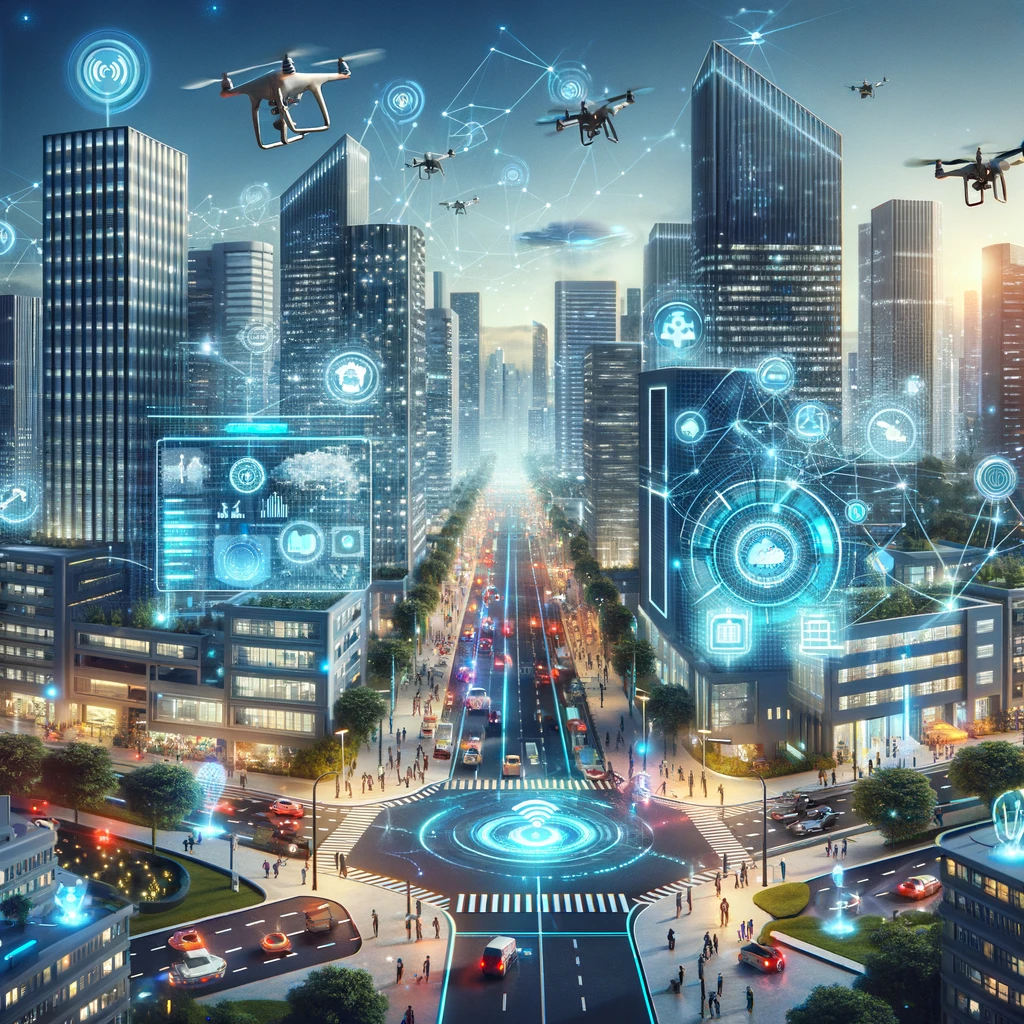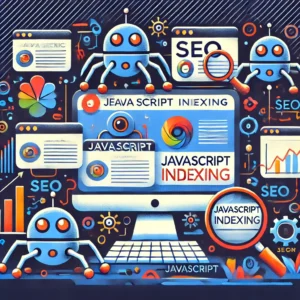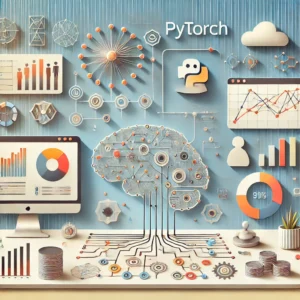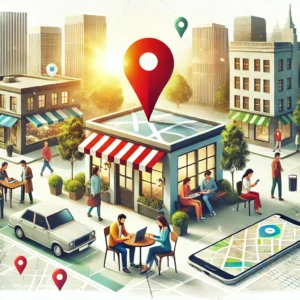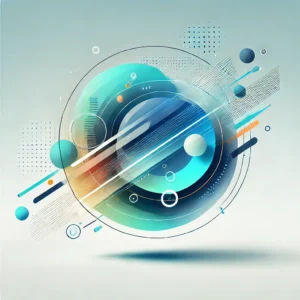What is IoT?
It stands for Internet of Things, which refers to a network of physical devices embedded with sensors, software and other technologies that connect and exchange data with other devices and systems over the internet.
How does IoT work?
IoT devices collect data through sensors and transmit it over the internet to a central platform for analysis and decision making. This helps in automating processes, monitoring environments and improving efficiency.
Examples of IoT devices
Smart thermostats, fitness trackers, smart home assistants, connected industrial equipment, and smart appliances.
Benefits of IoT
Improved efficiency, enhanced productivity, automation of tasks, reduced costs, optimized resource usage, and enabled new services and business models.
Challenges of IoT
Security and privacy concerns, interoperability issues, data overload, scalability problems, and the need for standards and regulations.
Difference between IoT and M2M
IoT refers to the broader ecosystem of interconnected devices, whereas M2M (machine to machine) communication specifically focuses on devices communicating with each other without human intervention.
Security, analytics, and role of IoT in smart cities
IoT security: Involves protecting IoT devices, networks, and data from cyber threats.
IoT analytics: the process of analyzing and deriving insights from the vast amount of data generated by IoT devices to make informed decisions and optimize operations.
Role of IoT in smart cities: enabling connected infrastructure, smart transportation systems, efficient energy management, public safety solutions, and improved citizen services.
Impact of IoT on healthcare
IoT is revolutionizing healthcare by enabling remote patient monitoring, predictive maintenance of medical equipment, personalized treatments, drug management, and smart medical devices.
Common IoT protocols, and the concept of IoE (Internet of Everything)
MQTT, CoAP, STOMP, AMQP, and LWM2M. These protocols facilitate communication between IoT devices and platforms.
IoE (Internet of Everything) expands on IoT by incorporating people, processes, data and things to create a more comprehensive interconnected network of elements.
Impact of IoT on environment, and Edge Computing in IoT
How IoT impacts the environment: It can help monitor and conserve natural resources, reduce energy consumption, enable precision agriculture, and improve waste management practices to promote environmental sustainability.
Edge Computing in IoT: involves processing data closer to where it is generated at the edge of the network to reduce latency, enhance real-time decision making, and improve overall system efficiency.
Role of AI in IoT, and how IoT impacts businesses
The role of AI in IoT: AI (artificial intelligence) plays a critical role in IoT by enabling advanced analytics, machine learning, predictive maintenance, autonomous decision making, and intelligent automation of processes.
How IoT impacts businesses: IoT can transform businesses by providing valuable insights into operations, optimizing supply chains, improving customer experiences, enabling productive maintenance, and fostering innovation.
Privacy concerns, and IoT monetization
IoT raises privacy concerns due to the collection of vast amounts of personal data from connected devices, leading to a potential risk of data breaches, unauthorized surveillance, and misuse of information.
IoT monetization refers to the process of generating revenue from IoT initiatives through subscription models, pay-per-use services, value-added offerings, and data monetization strategies.
Contribution of IoT to digital transformation and the future of IoT
IoT is a key enabler of digital transformation by driving organizational changes, fostering innovation, enhancing customer engagements, and creating new revenue streams through connected solutions.
The future of IoT includes the proliferation of connected devices, advancements in AI and edge computing, the growth of IoT ecosystems, enhanced security measures, and the continued integration of IoT technologies into various industry sectors.
Emerging trends in IoT, and how IoT is influencing the development of smart homes
Emerging trends in IoT include the rise of 5G technology, edge AI capabilities, increased focus on IoT security, the growth of industrial IoT applications, and the development of sustainable IoT solutions.
IoT is transforming smart homes by enabling connected devices such as smart lights, door locks, security cameras, and thermostats to enhance convenience, energy efficiency, security, and overall home management.
Role of blockchain technology in IoT, and impact of IoT on data management and storage
Blockchain technology can enhance IoT security by providing a decentralized and tamper-proof system for authenticating devices, encrypting data, managing their identities, and ensuring secure peer-to-peer communication.
IoT generates massive amounts of data that needs to be efficiently.
Final Thoughts
The Internet of Things (IoT) is a network of physical devices embedded with sensors that connect and exchange data over the internet. This allows for automation, monitoring, and improved efficiency in various aspects of life, from homes (smart thermostats) to cities (smart traffic systems).
Security, data management, and privacy are challenges of IoT. However, its benefits like remote healthcare monitoring and optimized resource usage are driving its growth. AI plays a key role in analyzing IoT data and fostering innovation across industries.
